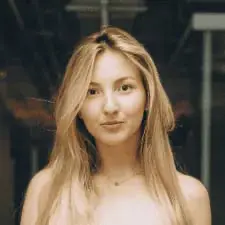15 Effective Public Relations Strategies in 2025 (With Examples & Tactics)

Your positioning in the market is everything. A single advertisement can bring you a lot of audiences as well as provoke hate around your company. That is why you should know the intricacies of how to do public relations.
To effectively navigate the current market landscape, it's essential to have a deep understanding of market dynamics, including the triggers and pain points of your target audience. You also need to rely on your instincts and possess foundational knowledge of public relations strategies. Let's explore these aspects further.
In this compilation, you’ll learn the advertising component of PR: best practices and applications. We will clarify the meaning of a dedicated PR approach and how to create one. Additionally, we’ll discuss the 15 widely used strategies across the globe along with the successful use cases! You will also get a pack of instruments for measuring the effectivity of your PR efforts. So, the following public relations tips aim to teach you how to deal with the rapidly changing world. Consider the following PR tactics as an inspiration for the future marketing campaign.
The importance of PR tactic
Let’s imagine two tech startups, each facing a sudden PR crisis due to a major bug in their new app, but responding in very different ways.
First case: The well-planned, strategic approach
Startup A encounters an unexpected bug that frustrates users, and the issue quickly spreads on social media. Rather than panicking, the PR team steps in with a well-structured response. They have predicted the case and allocated the roles among the team. Startup publicly acknowledges the bug, issues a sincere apology, and communicates clearly that the fix will be implemented within 24 hours. They also offer affected users a free month of premium access as a goodwill gesture, and provide regular updates on their progress through media and social platforms.
From this strategy, customers will see that the brand cares about them and is dedicated to meeting their needs. The result? A stronger reputation for customer care and increased brand loyalty.
Second case: The haphazard reaction
Startup B faces the same bug but instead of following a clear PR strategy, they respond emotionally, reacting defensively to complaints on social media. Communication is inconsistent, with promises of fixes that are either delayed or not communicated clearly. No formal apology or compensation is offered, and media inquiries are ignored. The result? The brand's reputation takes a hit, customers lose trust, and the negative buzz continues to grow, damaging the startup’s credibility.
So, the well-developed and properly executed public relations strategies are a strong weapon against competitors:

- Gain the long-term trust of your audience: Public relations strategies build credibility through consistent messaging, transparency, and authentic communication. Over time, this fosters trust and encourages your audience to stick with your brand.
- Increase income and engagement: Strategic PR increases visibility, resulting in increased traffic and interaction. As more people connect with your brand, this interaction encourages higher sales and customer dedication.
- Find credible partners: Strong PR tactics strengthen the reputation and industry position of your brand. Thus, it is easier to attract reliable partners. These alliances offer beneficial chances for development, learning, and cooperation.
- Build a strong reputation: Public perception shapes your brand’s reputation. A strategic PR allows you to tell your story in the right way, positioning your business as trustworthy, innovative, and consistent in delivering value.
- Add constantly to brand awareness expansion: Professional public relations strategies keep your brand in the spotlight through ongoing media presence and relevant content. They ensure continuous recognition of your name and contribute to the brand's spreading.
- Present clearly your unique value proposition (UVP): A well-crafted PR strategy highlights your unique value proposition UVP (it might me even an exceptional customer communication) and conveys it clearly to your audience. It helps distinguish you from competitors and reinforces reasons why consumers should favor your brand.
How you can build a public relations strategy
Now that we acknowledge the benefits of professional PR tactics, let’s move to how you can create one. The process of PR strategy takes time, but the outcome is worthwhile. When you have a clear plan, promotion goes smoothly and effectively. Follow this step-by-step instruction to develop your unique public relations strategy.
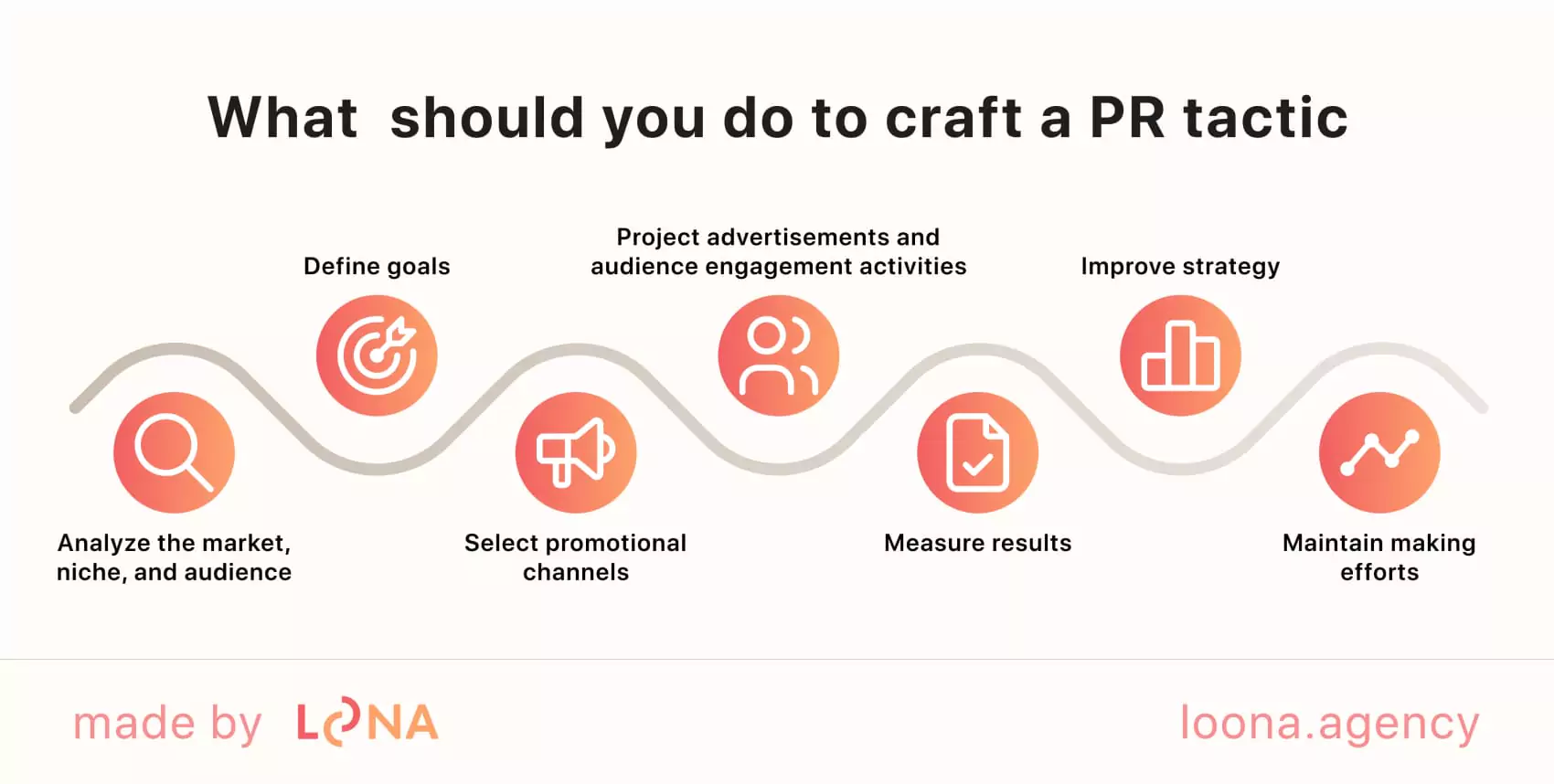
1. Analyze the market, niche, and audience
Start by researching competitors, industry trends, and the pains of your target audience. Be aware of their motivations, priorities, and methods how your competitors engage them. Highlight their effective and ineffective PR tactics. This knowledge forms the backbone of your strategy and points its direction.
2. Define goals
Establish quantifiable, precise goals for your PR initiatives. Be precise about your objecives, whether they are boosting website traffic, obtaining media attention, or raising brand awareness. Align these goals with your overall business goals so every action you take brings you closer to success. Clear goals keep your strategy focused.
3. Select promotional channels
Consider the places that your target audience frequents—are they on social media, reading blogs, or watching news outlets? Once you know, tailor your message to fit each platform. Not every channel is equal, so prioritize the ones that give you the most return.
4. Project advertisements and audience engagement activities
Now, it’s time to craft engaging content and advertisements. Focus on the story you want to tell. In addition to grabbing readers' attention, your content should evoke emotion or inspire action. Each message you deliver should consistently embody your brand’s unique voice and goals. Consider interactive audience engagement activities, like surveys or live Q&A sessions.
5. Measure results
Track and evaluate the results. Use key performance indicators (KPIs) to gauge the level of your media campaigns’ success. Monitor social media engagement, website traffic, media mentions, and conversion rates. This aids in the gradual improvement of your strategy, allowing you to adapt quickly to what works and what doesn’t.
6. Improve strategy
Look at the analysis. Compare the previous approaches with the novel one. What worked? What didn’t? Adjust your messaging, channels, or tactics based on this feedback. The secret to staying ahead is constant progress.
7. Maintain making efforts
PR isn’t a one-off task. Build lasting ties with your audience, influencers, and media. Stay active and consistent in your outreach to maintain momentum and ensure your brand remains at the top.
By repeating the system round by round, you ensure continuous refinement and growth. This repetition helps you adapt and stay competitive in a changing landscape. Each cycle allows you to improve upon past efforts and makes your PR strategy more effective.
The possible success of your strategy from last year is a source of pride but not a reason to repeat it. The entire environment is transforming naturally. You should consider numerous factors, including the rise of innovative technologies, changing audience demand, and the tendency of strategies to become outdated. After analyzing the current trends and market dynamics, we compelled a list of promising PR tactics for 2025. See what you can do to take advantage of your business.
15 effective strategies to use in your tech company
1. Collaborate with influencers
What is a PR strategy without social media advertisement today? Just a poorly designed scheme. Though targeted advertisements are obviously an effective tool, one should not underestimate the power of influencers. According to Statista, after more than tripling in value from 2019 to 2023, the worldwide influencer marketing market was valued at $21.1 billion. However, it is expected to reach $22.2 billion in 2025.
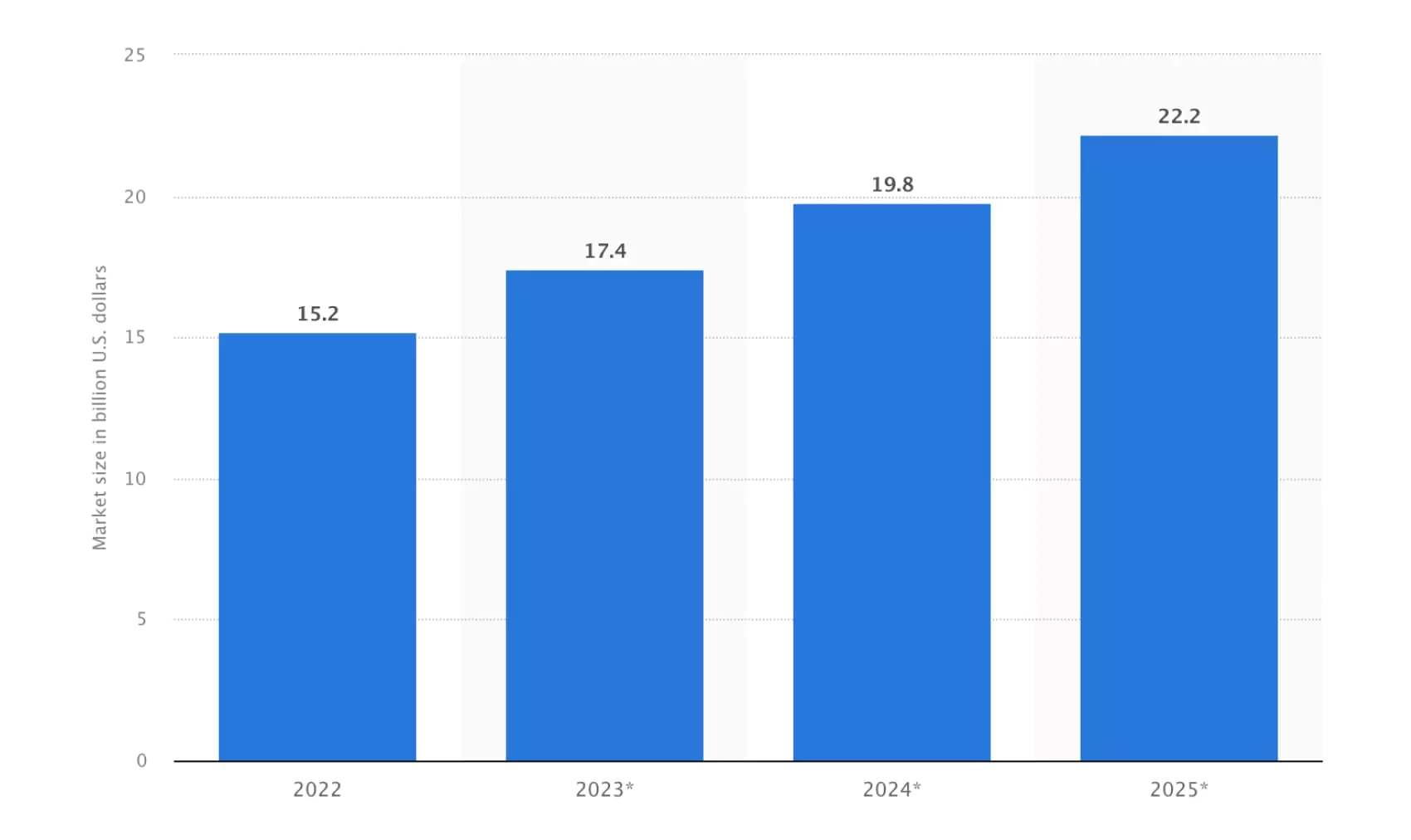
Instagram is now the most costly platform for embodying your public relations strategies. Depending on the size of the influencer, the post price starts at $100 and can reach $100.000+ for bloggers with 1M+ subscribers.
To collaborate with influencers profitably, first determine which ones have an audience similar to your target market. It’s essential to collaborate with as many influencers as your budget allows. 50 influencers who constantly mention your brand are a guarantee for the sales growth. Make a precise proposal that highlights the advantages for both parties. Define your goals—whether boosting sales or brand awareness. Collaborate to produce genuine material that appeals to their followers while reflecting your brand.
Nevertheless, the investment is worth it if the influencer fits your niche. Instagram offers unparalleled reach and engagement. Fans of influencers are devoted to them and respect their judgments, so their endorsements are credible.
Case study
McDonald’s & Travis Scott
In 2020, McDonald's collaborated with rapper Travis Scott to launch a limited-time meal promotion based on his go-to McDonald’s order. The collaboration, known as the "Cactus Jack Meal," featured a fries with BBQ sauce, a Sprite, and a Quarter Pounder sandwich with cheese, bacon, and lettuce.
To boost the campaign’s appeal, Travis Scott released exclusive merchandise through his Cactus Jack label, featuring McDonald's-inspired apparel and accessories, such as hoodies, denim shorts, and even a nugget body pillow. The unique fusion of food and streetwear received a great deal of attention on social media.
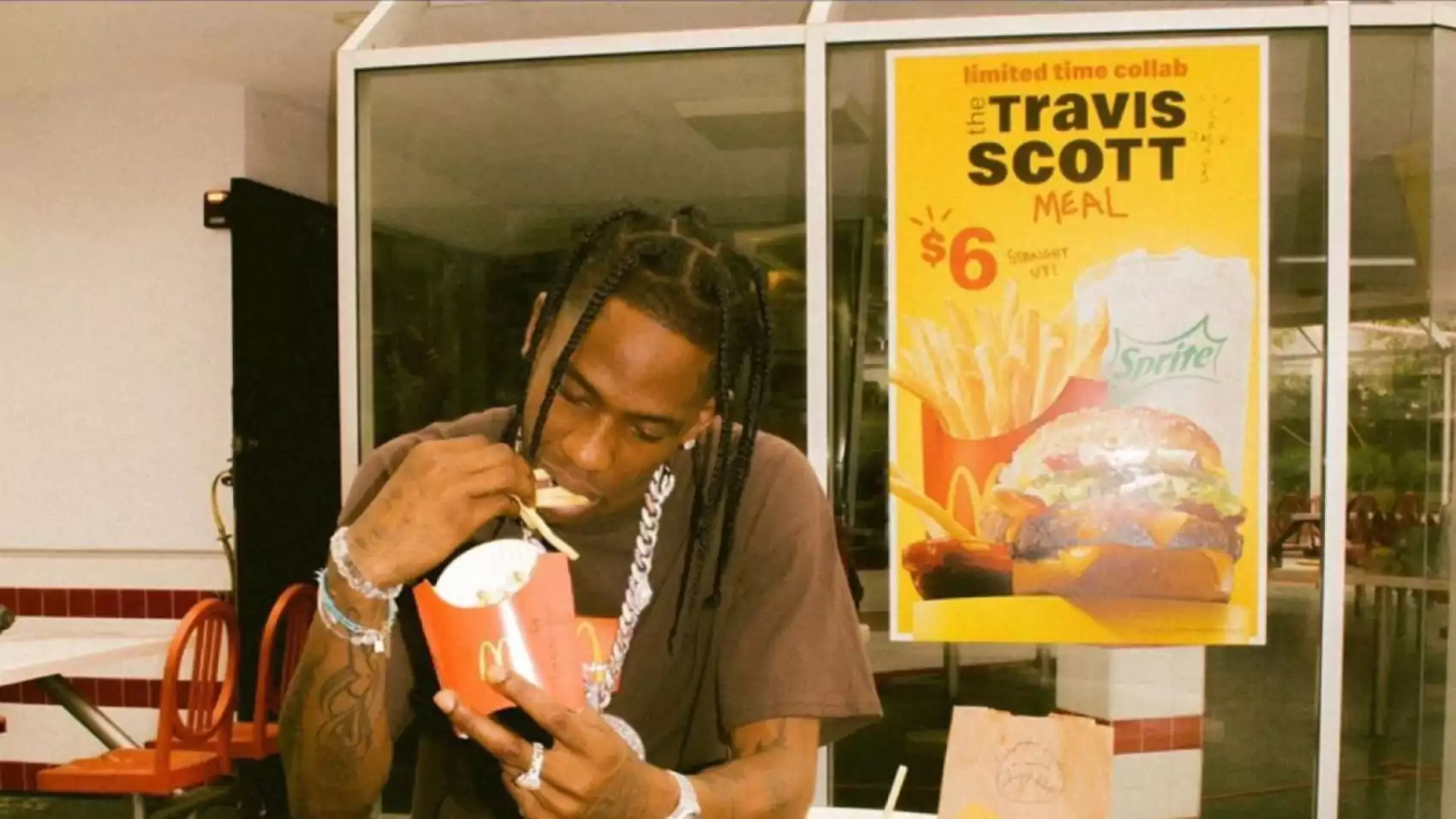
The campaign also emphasized social responsibility, with McDonald’s and Scott supporting several charitable causes during the promotion. The collaboration proved wildly successful, largely due to Travis Scott's vast social media influence, generating millions of impressions and dominating online discussions.
McDonald's successfully tapped into a younger demographic, amplifying its reach and boosting sales. This case shows the power of partnering with influencers who align with your brand’s audience, creating a buzz that resonates beyond typical advertising efforts.
2. Launch an educational YouTube channel
We highlighted launching an expert YouTube channel as one of today’s prevalent PR strategy examples. With more than 2 billion consumers actively using YouTube, you have a huge platform to reach people. Through engaging videos like how-tos or behind-the-scenes content, you can create trust and keep your audience coming back. Text content is less effective than video content in building emotions and trust.
Regular uploads help your channel grow quickly. Subscribers and viewers will share your content, boosting your reach. This consistent interaction helps turn viewers into loyal customers.
To persuade you to start such a project, here are examples of worldwide companies with YouTube:

YouTube also improves your SEO (search engine optimization). Since Google prefers video content, a channel that has been optimized will appear higher in search results. As your channel grows, it increases the amount of traffic to your website and the online visibility of your brand.
Video content is fundamentally about establishing connections and encouraging loyalty. The traffic directed to your website will not be cold. Instead, it will consist of visitors already familiar with, or at least connected to, your brand.
Create educational materials
Some PR campaign techniques involve making courses relatable to the niche of the company. It appeared that making educational materials is a smart PR move that can help your brand stand out. By creating persistent courses that relate to what your company does, you show that you know your stuff. This builds trust with your viewers and encourages them to return.
Simple materials can make tough topics easy to understand for everyone. Distributing this material over social media or emails can get more people interested. In the end, offering helpful information strengthens your brand and builds strong connections with your audience.
Case study
GoPro
GoPro’s YouTube channel GoPro Tips offers tutorials that help users get the most out of their cameras, like tips on shooting techniques and editing. These videos make it easier for users to capture professional-quality content, building trust and loyalty with their audience by showing expertise.

By focusing on education and user-generated content, GoPro strengthens its community and increases brand visibility. This strategy helps drive organic traffic and keeps their audience engaged with regular, helpful content.
3. Communicate with the audience
Public relations tactics expected to be highly profitable in 2025 include close interaction with your audience. People desire to establish a connection with brands that listen. Use your site and social media to speak directly to your audience and be consistent. But don’t just talk - respond. Every message matters, and hiring enough managers to reply to everyone is key.
Not only is customer service important, but it's also about building relationships. When people feel heard, they become loyal. And loyal customers? They spread the word for you. Take it up a notch with live Q&A sessions, polls, or even spontaneous chats. Make your audience sense a connection to the brand. Your brand grows stronger and transforms from a business into a trusted community the more you engage.
Case study
Netflix
A popular example of engaging with an audience comes from Netflix. The streaming giant consistently uses social media, particularly Twitter, to have direct conversations with followers. Netflix replies to comments, shares memes, and participates in trending topics, often using a playful, casual tone. They’ve even asked fans for input on show recommendations and plot theories, creating a community that feels involved in their content.
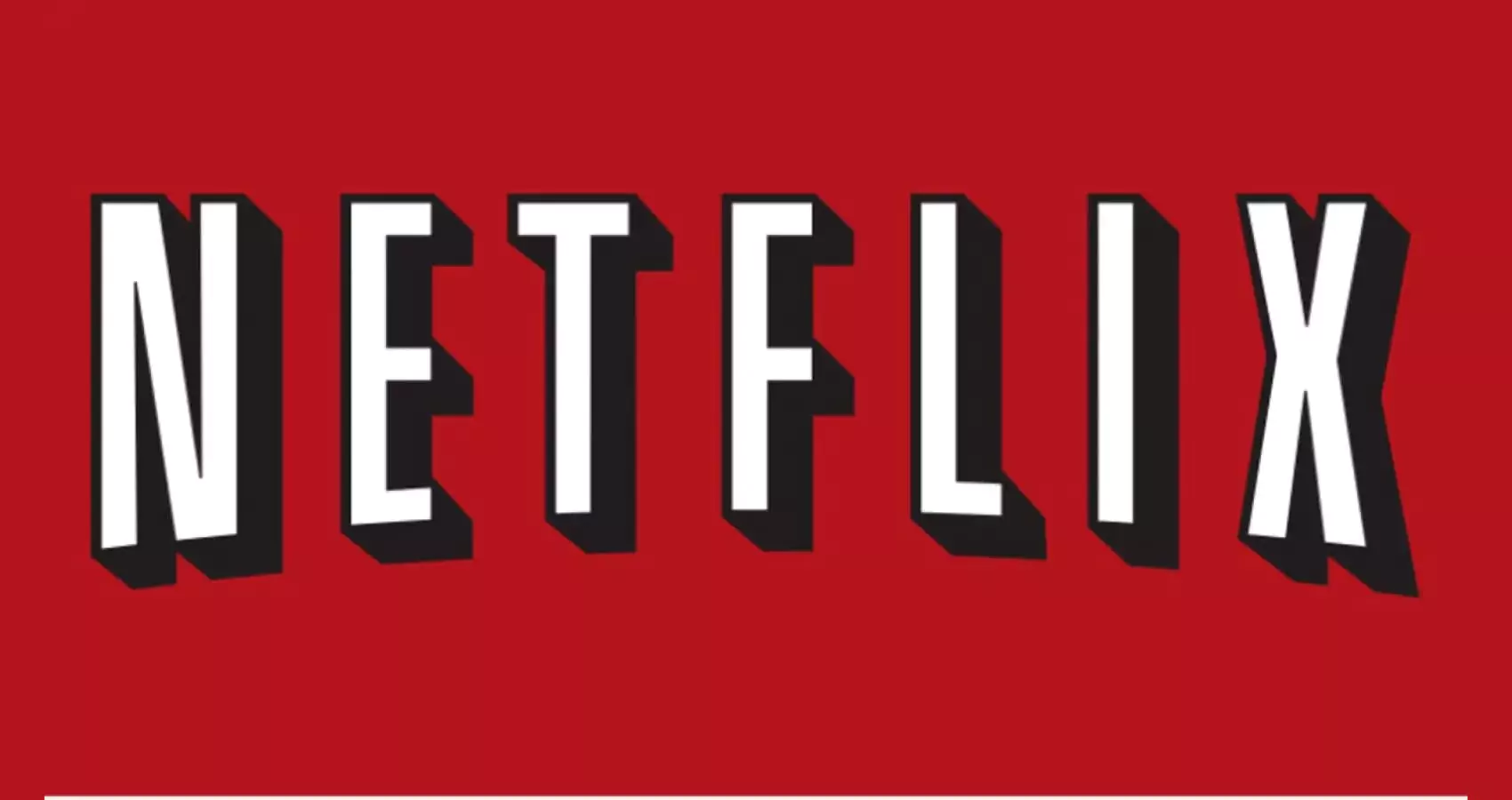
This approach strengthens Netflix’s relationship with its audience, driving higher engagement and loyalty. It's a great example of how close communication with users can turn customers into active participants in the brand's story.
4. Implement storytelling campaigns
Storytelling is a widely known reliable engagement strategy. Stories stick better than a detailed description of a high-quality product. They awaken emotions in the audience and improve brand recall.
By crafting narratives around your brand, you build a memorable and relatable image. Shared stories highlight how your brand impacts real lives, solves problems, or changes perspectives. Whether it's a success tale from a client or an intimate glimpse at your staff, storytelling makes your brand human. The more genuine and relatable your stories, the more trust you’ll build, turning casual viewers into loyal fans.
You can incorporate these stories across multiple platforms—blogs, live streaming, videos, and postings, just ensure your social media marketing (SMM) is done right. Such kind of content on any platform will maintain interest and engagement among your audience.
Case study
Airbnb
An effective instance of brand storytelling is the "Belong Anywhere" campaign by Airbnb. Instead of just focusing on the technical aspects of booking a stay, Airbnb emphasized personal experiences and the feeling of belonging that travelers can find through their service. The campaign featured stories from real users, both hosts and guests, highlighting how Airbnb connects people across cultures and creates meaningful, memorable moments.
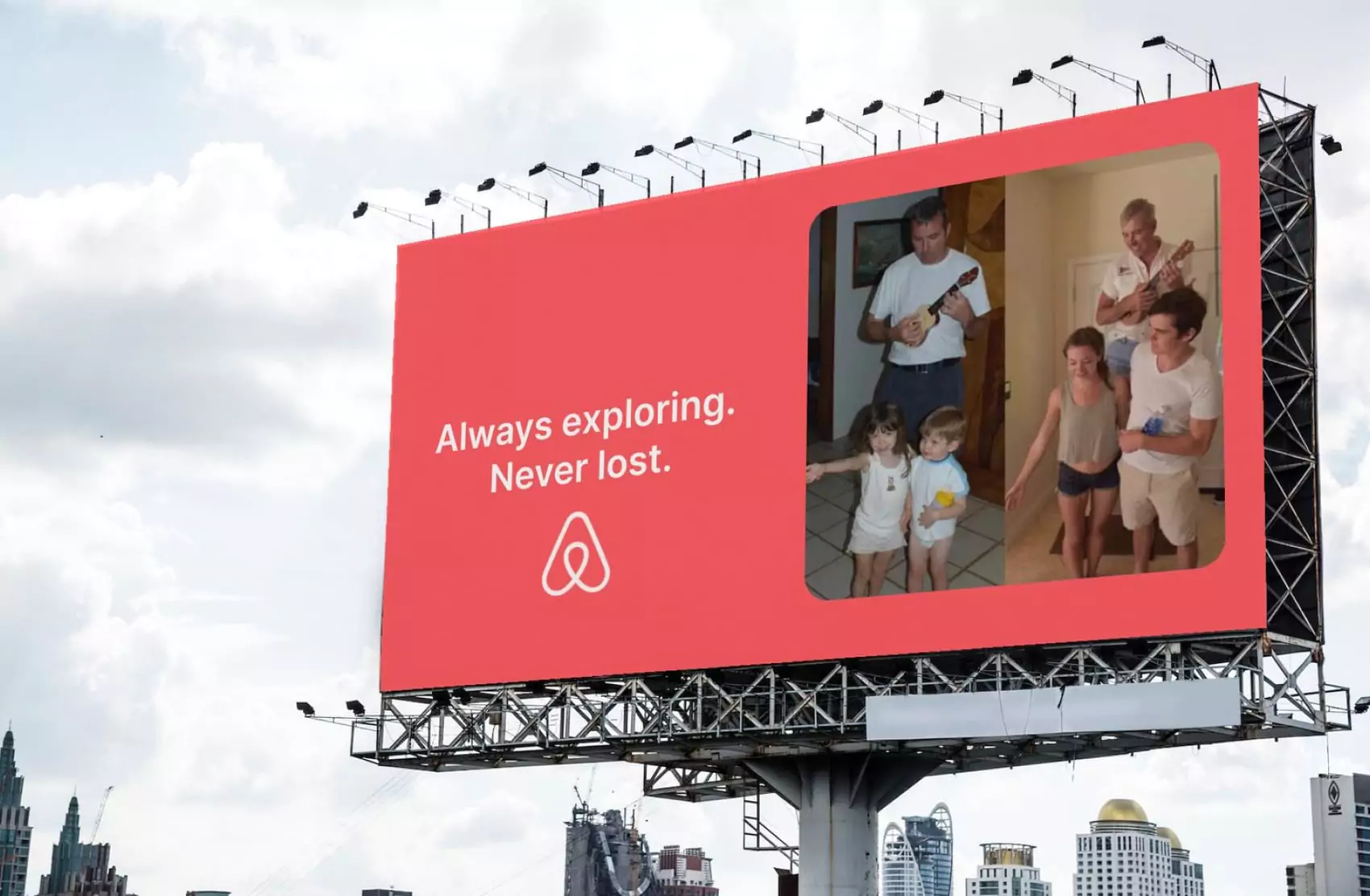
This strategy touched into the sentimental side of travel, offering a more human connection to the brand. Rather than selling a service, Airbnb sold a lifestyle and an experience. It also turned hosts into brand ambassadors, further reinforcing the message of connection and belonging.
5. Arrange events on behalf of your company
Organizing events appeared among the best PR strategies of today’s promotional approaches. It fosters direct engagement with audiences, builds brand loyalty, and creates memorable experiences that enhance brand visibility and community connections. To engage your audience, you can arrange:
- Hackathons: By arranging a hackathon, you will make your clients and potential audience see your dedication to the industry. After the event, they’ll have pleasant memories associated with you and will more likely start word of mouth.
- Workshops: Masterclasses led by experts establish your company as an authority. This approach builds stronger relationships and offers knowledge-based value to the customers. You can also include interactive challenges or competitions with prizes for participants to stick more to their memory.
- Product launch parties: They generate buzz, draw interest from the media and generate buzz about your brand. They’re a perfect opportunity to showcase how you position yourself in a social field, for instance, how much money or effort you can invest in shaping your reputation. If the event requires much effort, it will definitely attract the journalists’ attention and go viral, promoting your brand.
- Charity or fundraising events: This type of happenings is the best time to reveal your company’s values, mission, and principles. People will more likely use the brand if it shares their values. For instance, 42% of consumers are now more inclined to purchase a product based on a brand's commitment to diversity.
- Webinars: Online events’ benefits include reaching a global audience, establishing thought leadership, and offering real-time engagement. They may be educational or interactive sessions that permit a larger audience to participate.
- Customer appreciation events: There, you can show your desire to build a community. The parties usually comprise a limited number of people who showcase themselves as dedicated customers. The customer appreciation parties keep those people involved and mitigate their doubts about turning to other brands.
Measure results
To make public relation strategies effective and create a viewable path for development - define specific success criteria. Clear success metrics effectively tracks the impact of your PR strategies. Without measurable goals, it’s hard to assess whether your efforts drive real results.
Start by determining what success looks like for your campaign—whether it’s increased brand visibility, higher engagement, or lead generation. Set quantifiable goals such as media mentions, social media shares, website traffic, or customer inquiries.
Benefits:
- Focuses your efforts on what truly matters.
- Makes results measurable, allowing for clear evaluation.
- Enables adjustments, as you can easily spot what works and what doesn’t.
By establishing clear, strict success criteria, you create a roadmap for your PR efforts, ensuring your strategies stay on track and align with your overall business objectives.
Case study
Samsung
Samsung has turned its Galaxy Unpacked event into a must-watch moment for tech fans worldwide. Every year, Samsung uses this platform to reveal its latest flagship products, like the Galaxy smartphones and smartwatches. These events are not just about the products, but the whole experience.
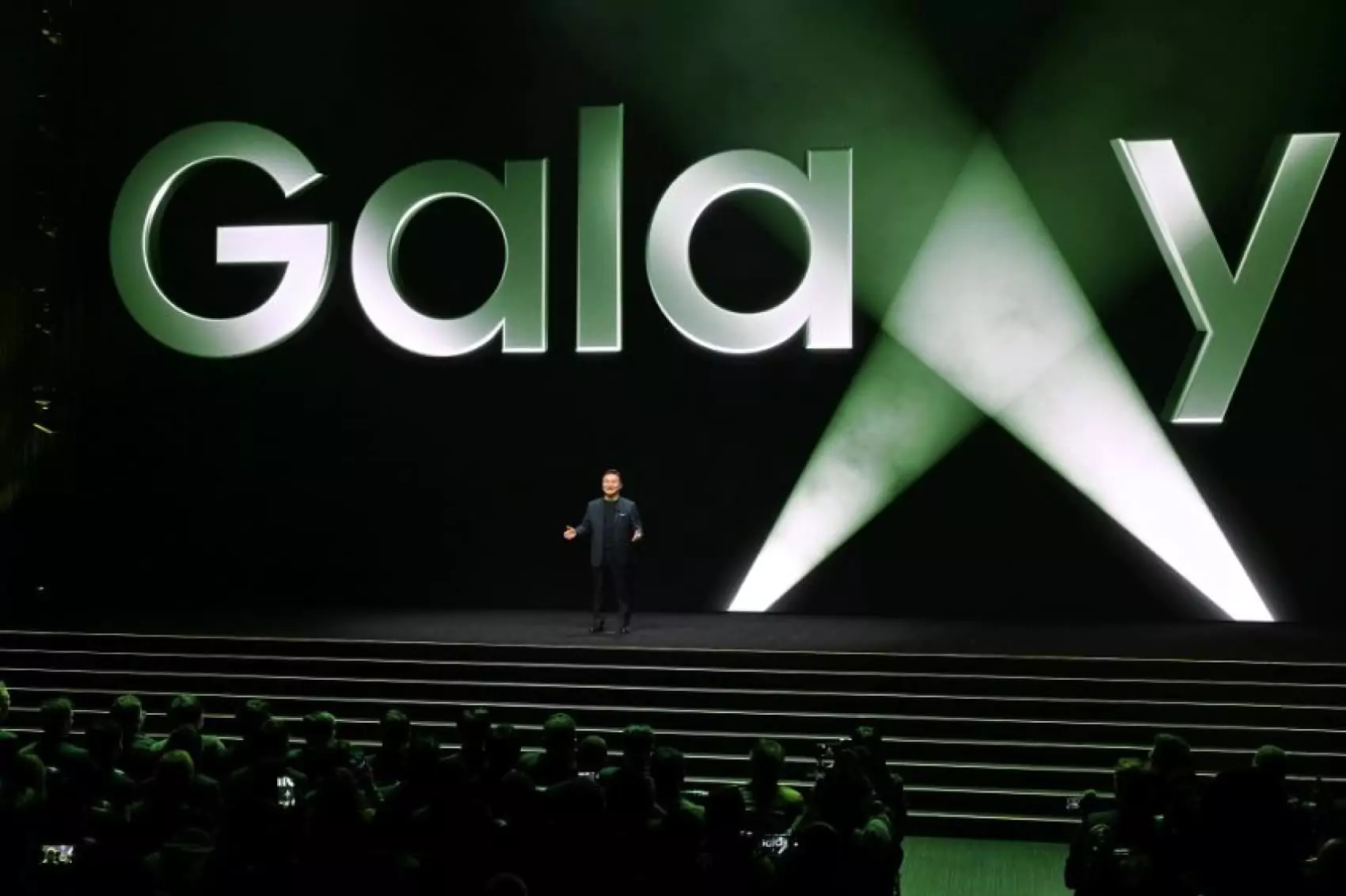
Samsung creates buzz months before by teasing new features and innovations. The event itself is a slick production, filled with live demonstrations, high-quality visuals, and immersive virtual segments. By streaming it globally, Samsung makes it accessible to everyone, but they also invite select media and influencers to cover it live, amplifying the event’s reach.
6. Employee personal brand
A powerful personal brand undoubtedly requires much effort, but in return you acquire way more. The companies recognize that, so in the modern digital landscape, employee personal branding has evolved from a simple concept into a strategic necessity. It’s no longer just about shaping an image for career growth. It’s about contributing to the larger ecosystem of the company's brand, creating stronger connections with target audiences, and driving business results. What do you get for your efforts to build a personal brand? First and foremost - it’s an exceptional credibility. Investing in a personal brand is like future-proofing your professional identity—it offers long-term recognition, influence, and the ability to shape your own narrative. You also gain greater visibility and networking opportunities. Beyond this, a personal brand helps you differentiate yourself from the competition, ensuring that your unique skills, values, and story distinguish.
Case study
Skims
Skims, the shapewear brand by Kim Kardashian, was among the first who emphasized the body-diversity and widely and successfully claimed about it. Their strong focus on women self-love, positivity and inclusivity combined with marketing and community efforts gave them a strong advantage among the competitors.

Slims has a strong personal brand that revolves around solutions for all body types, sizes, and skin tones. It uses real customers and models of all races, sizes, and forms in their advertising efforts. Such aninclusivity resonates with a broad audience and strengthens their personal brand. The company also regularly incorporates customer feedback into product development, which makes people feel heard and valued and trusts Skims further.
7. Personalized e-mail marketing
Personalized email marketing is aimed at deliver valuable, tailored SEO content that resonates with the target audience’s specific interests and behaviors. The better you comprehend your clients, the more precise your messaging can be. This means offering curated recommendations, exclusive offers, or updates based on their previously analyzed and structured preferences, interactions, and purchase history. The ability of email to connect on a one-to-one level and deepen engagement over time is what gives it its power.
To succeed in email marketing, you need to balance personalization with relevance, without being too pushy. Oversending emails can make people uncomfortable, leading them to disengage or unsubscribe. Focus on providing value—make your content helpful, not salesy. When done right, personalized emails keep communication consistent and improve the customer experience, driving stronger loyalty.
Case study
Sephora
Sephora is a master of personalized marketing. Their Beauty Insider program implies sending tailored emails based on customers’ purchasing history. If you buy a foundation, they’ll suggest the perfect brush or setting powder to match. They also send birthday surprises - and customers love that, as they feel valued and appreciated.

These little touches build a connection. People feel valued and seen. Moreover, limited-time promotions and product suggestions based on individual preferences keep the emails relevant and engaging. This give Sephora a privilege in the field and converts sporadic purchasers into devoted patrons. Personalization is key to customer loyalty, and Sephora gets it right.
8. AI + custom CRM system = 100th level personalization
AI is a must in the list of the best public relations methods in 2025. It helps personalize offers, making your messages more relevant to each audience. It predicts customer behavior, making offers feel timely and personal. With AI-powered tools, brands can monitor trends in real-time, adjusting their strategies instantly to stay relevant. Overall, AI useful manifestations include audience segmentation, sentiment and predictive analyses conduct, or powering chatbots for customer engagement. This boosts engagement and strengthens connections with your target market. AI employment saves time and increases efficiency in crafting unique, impactful campaigns.
A customized customer relationship management (CRM) can become a crucial element of your public relation strategy and influence your productivity, especially with. By 2025, the CRM software market is expected to reach a valuation of $57 billion worldwide. It allows you to adapt your tactics depending on the requirements and habits of a certain audience. CRM allows to track interactions, gather valuable insights, and segment your audience. You can send personalized messages that truly connect with your audience.
Plus, a customizable CRM eliminates a lot of repetitive work, giving your staff more time to concentrate on developing genuine connections. Overall, embracing a customizable CRM can make your PR efforts more efficient and lead to stronger engagement and loyalty from your audience.
Case study
Coca-Cola
Coca-Cola leverages AI to generate targeted digital marketing content. The company customizes messages that resonate with individual preferences across different markets by thoroughly analyzing customer data. Coca-Cola also uses AI for social media monitoring, as AI tools can analyze large amounts of data, inherent to social networks. By doing do, it stays ahead of trends and react swiftly to public sentiment.
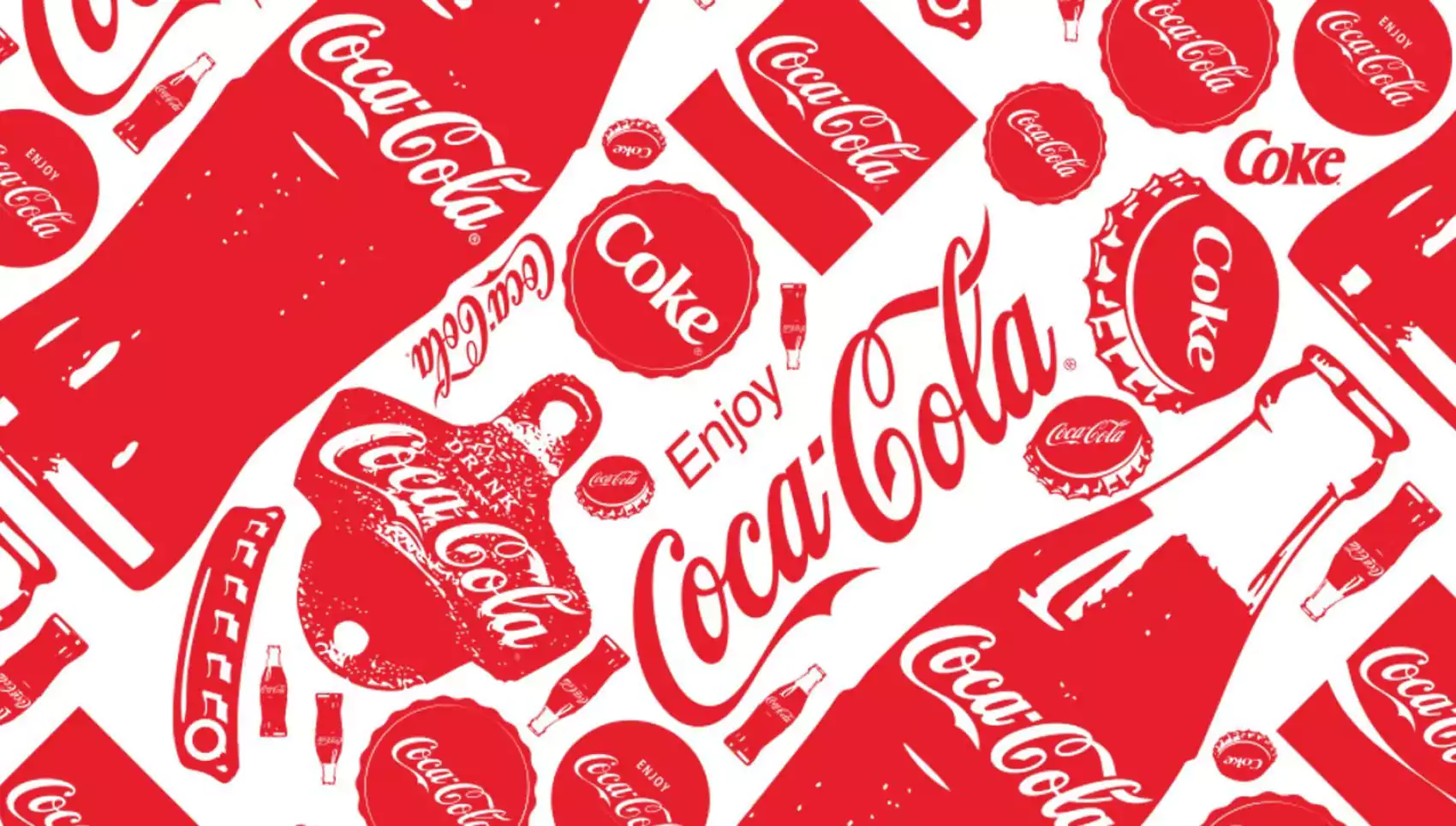
By incorporating AI in these ways, brands like Coca-Cola and maintain relevance and boost campaign effectiveness in an increasingly competitive landscape.
9. Emphasize sustainability and social environment care
Sustainability is a global trend now. As more individuals get conscious of and worried about the ecology, the more they prefer companies that care. Consumers are ready to spend an average of 9.7% more on things that are produced or supplied sustainably, notwithstanding inflation and living expenses.
Thus, consumers increasingly prefer companies that prioritize the environment and community well-being. By incorporating sustainable values into your messaging, you can enhance your public image and attract a larger audience. Renewable energy, ethical sourcing, or charitable initiatives are examples of what your brand can employ to adopt responsible business practices.
Case study
The Body Shop
Since its founding, the company has integrated environmental and social responsibility into its business model. The Body Shop’s commitment to sustainability is encapsulated in its "Enrich Not Exploit" initiative. Their goal was to reassure clients that their products come from ethical sources and are not harmful to the environment.
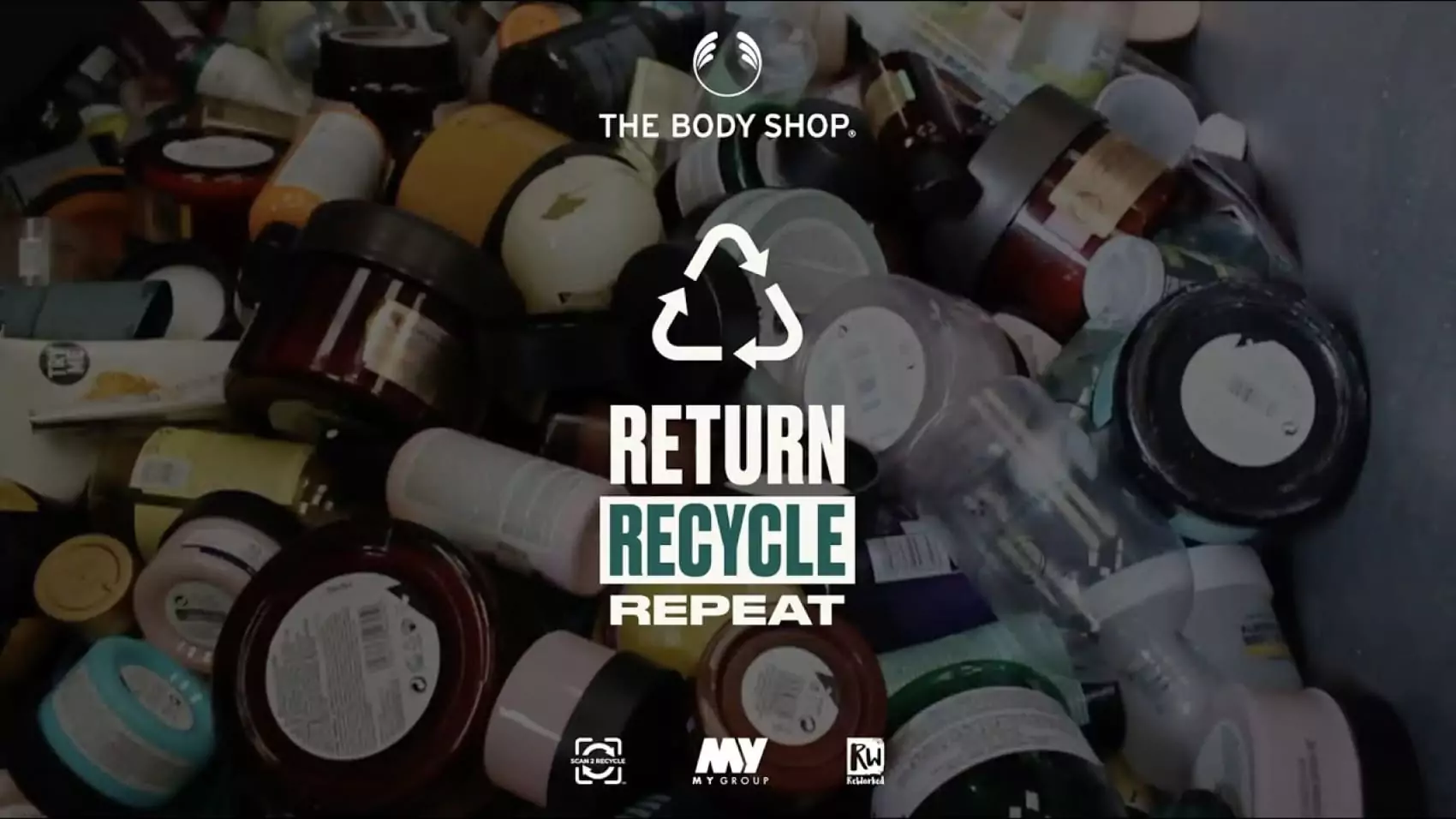
Additionally, The Body Shop actively campaigns on social and environmental issues. They have launched initiatives aimed at reducing plastic waste, such as their "Return, Recycle, and Repeat" program, which encourages customers to return empty containers for recycling.
The Body Shop also takes a resolute opposition to animal testing. It was one of the first major cosmetics brands to ban animal testing for its products. This commitment not only fits with their principles but also appeals to customers who value cruelty-free goods. As a result, they have cultivated a devoted clientele that values the ethical consuming and sustainability.
10. Strong crisis management
Public relations strategy examples of the future include robust crisis management systems. Crisis management refers to the predeveloped plan of how the team should behave in an unexpected case. Each team member should know their unique action plan in case of various emergencies.
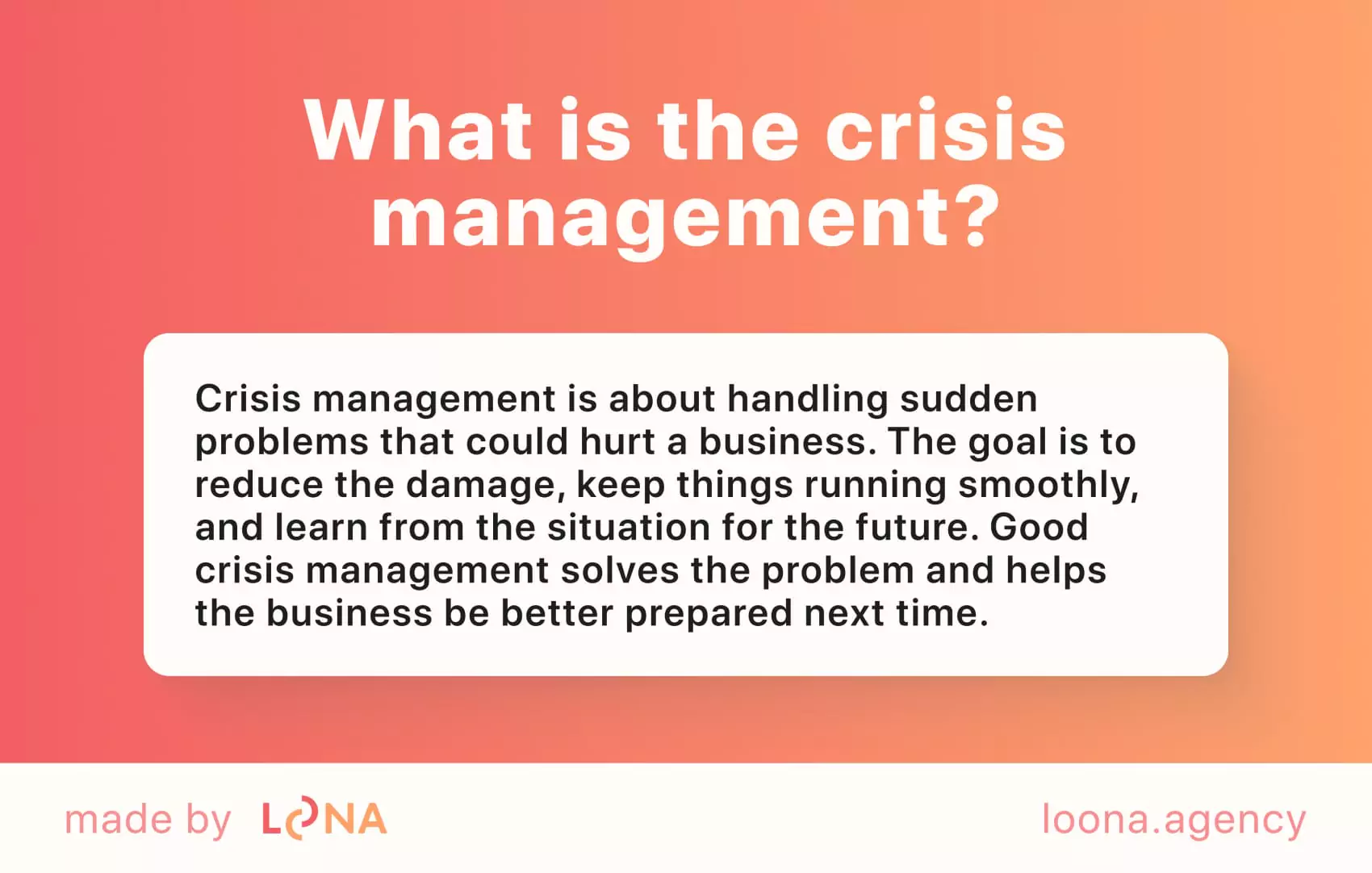
The absence of reliable crisis management has severe implications such as damage to the company’s reputation, financial losses, and a decline in market share. It can also result in possible legal problems and trust loss among customers.
Case study
Pepsi
Pepsi faced a storm when they launched an ad with Kendall Jenner, which aimed to promote unity and social activism. In the commercial, Jenner gave a police officer a Pepsi and took part in a demonstration. However, instead of praise, it received backlash for trivializing important social justice movements. People were outraged, accusing Pepsi of being tone-deaf and trying to profit off activism. Social media exploded, and Pepsi had to act fast.
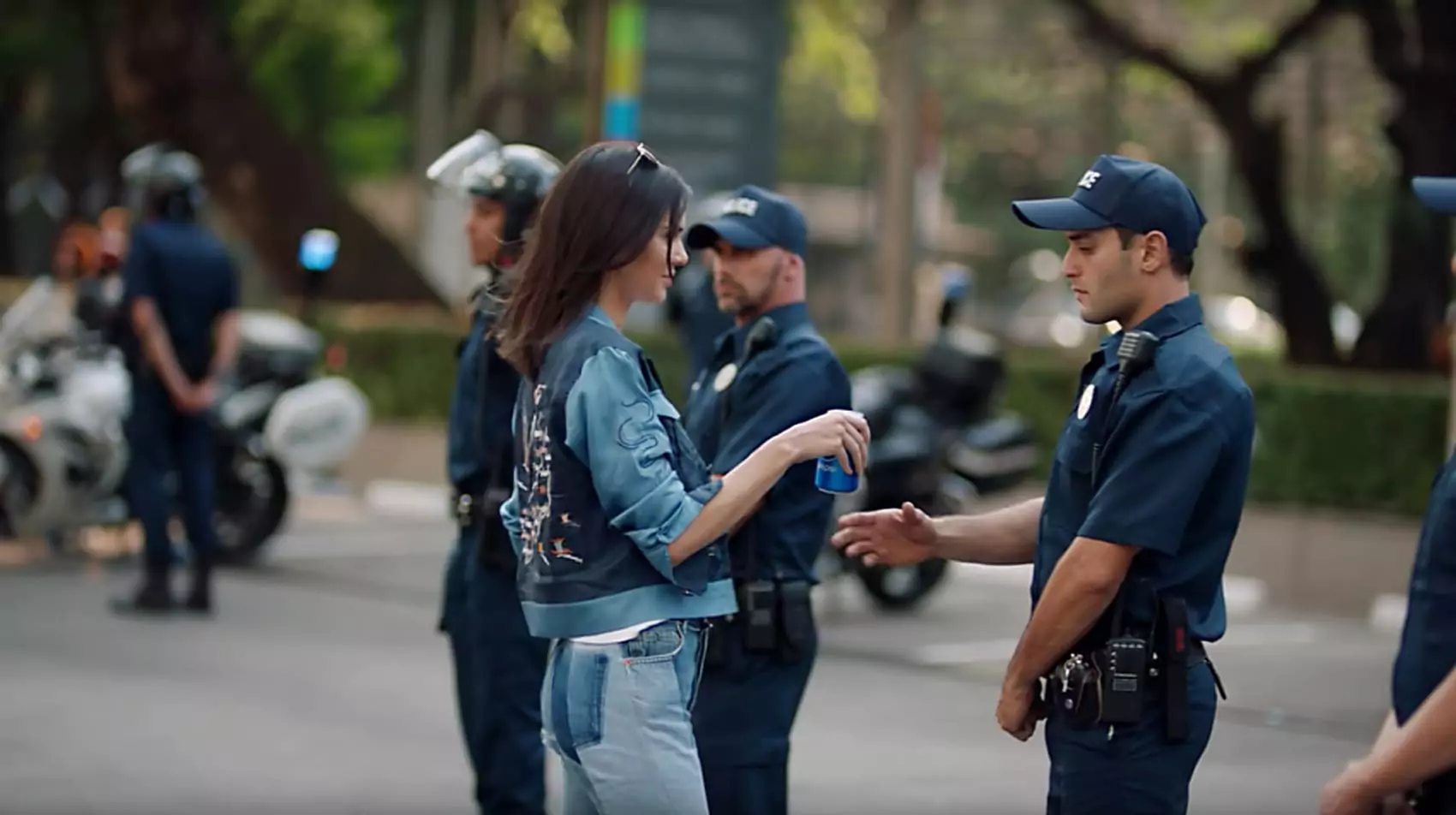
They removed the advertisement after a day and apologized publicly. Pepsi didn’t try to defend their mistake. They owned it and communicated directly with their audience. This quick, transparent response helped them regain some control. Even though the backlash was intense, Pepsi showcased a great lesson in effective crisis management: admit fault, act quickly, and focus on damage control.
11. Arrange educational masterclasses for the youngsters
Arranging educational masterclasses for the younger forges a reliable selection of future professionals who are already aligned with your company’s essence and methodologies. When you teach them, you’re not just imparting skills—they absorb the principles, ethics, and nuances of your professional ecosystem. These young minds, shaped by your mentorship, become a natural fit for your future talent pool, already familiar with the culture and standards you uphold.
Moreover, by investing in youth through education, you're encouraging a feeling of inclusion from an early stage. They carry the imprint of your company’s vision, making them both advocates and potential leaders who will continue to drive your mission forward. In essence, those who learn from you become your best ambassadors and the most valuable future assets of your organization.
Case study
Apple:
Apple hosts Today at Apple workshops in their stores and Apple Camps, where kids can learn Swift coding, 3D modeling, and video editing. With this practical approach, they can experience Apple’s technology in real-world scenarios. Apple’s Swift Playgrounds app teaches kids coding through interactive challenges. It makes coding accessible by turning it into a game, which keeps users engaged and eager to learn more.
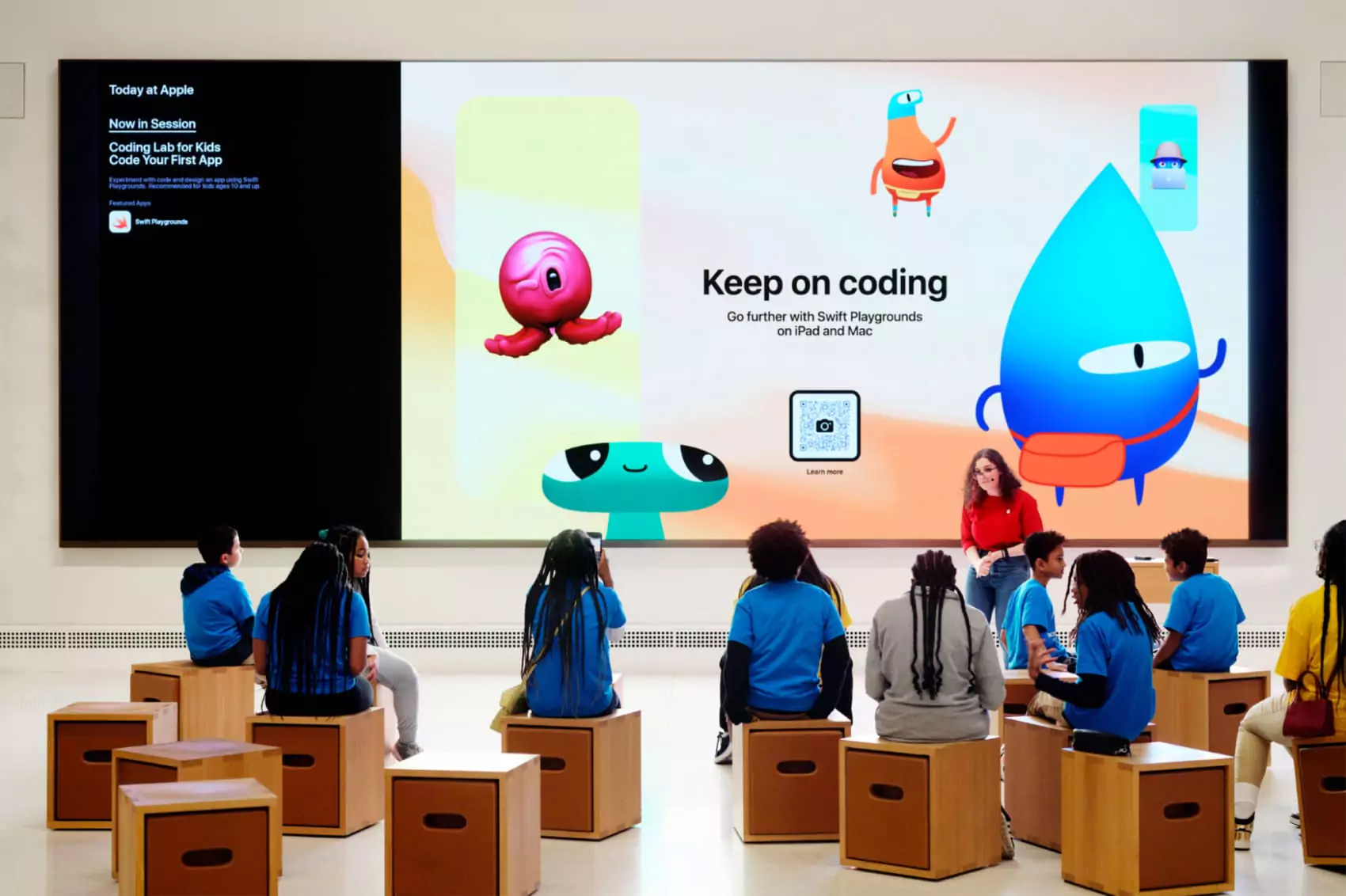
The business also provides materials and training for teachers to incorporate Swift and 3D design into their curricula. Thus, they introduce coding and design in a structured way, embedding Apple products and software into the learning process.
12. Partnership with nonprofits
Partnering with nonprofits is a potent method of showcasing your business' dedication to social responsibility. It showes that your brand is aligned with values that matter. By collaborating with nonprofits, you can create meaningful change and show your audience that your company’s success is intertwined with the well-being of the community. This connection builds trust and strengthens your reputation as a socially conscious brand, which is increasingly important to consumers today.
Furthermore, partnerships with nonprofits open doors to new networks and opportunities. They allow your company to engage with different sectors of society and demonstrate leadership in addressing social issues. This not only enhances your brand’s image but fosters a sense of purpose and fulfillment within your workforce, creating a positive cycle of growth and loyalty.
Case study
Patagonia
Patagonia has built its image around environmental activism. A big part of that is their partnership with nonprofits. Its partnership with 1% for the Planet is a shining example of aligning business with purpose. Through this partnership, Patagonia pledges 1% of its annual sales to support environmental causes and organizations.
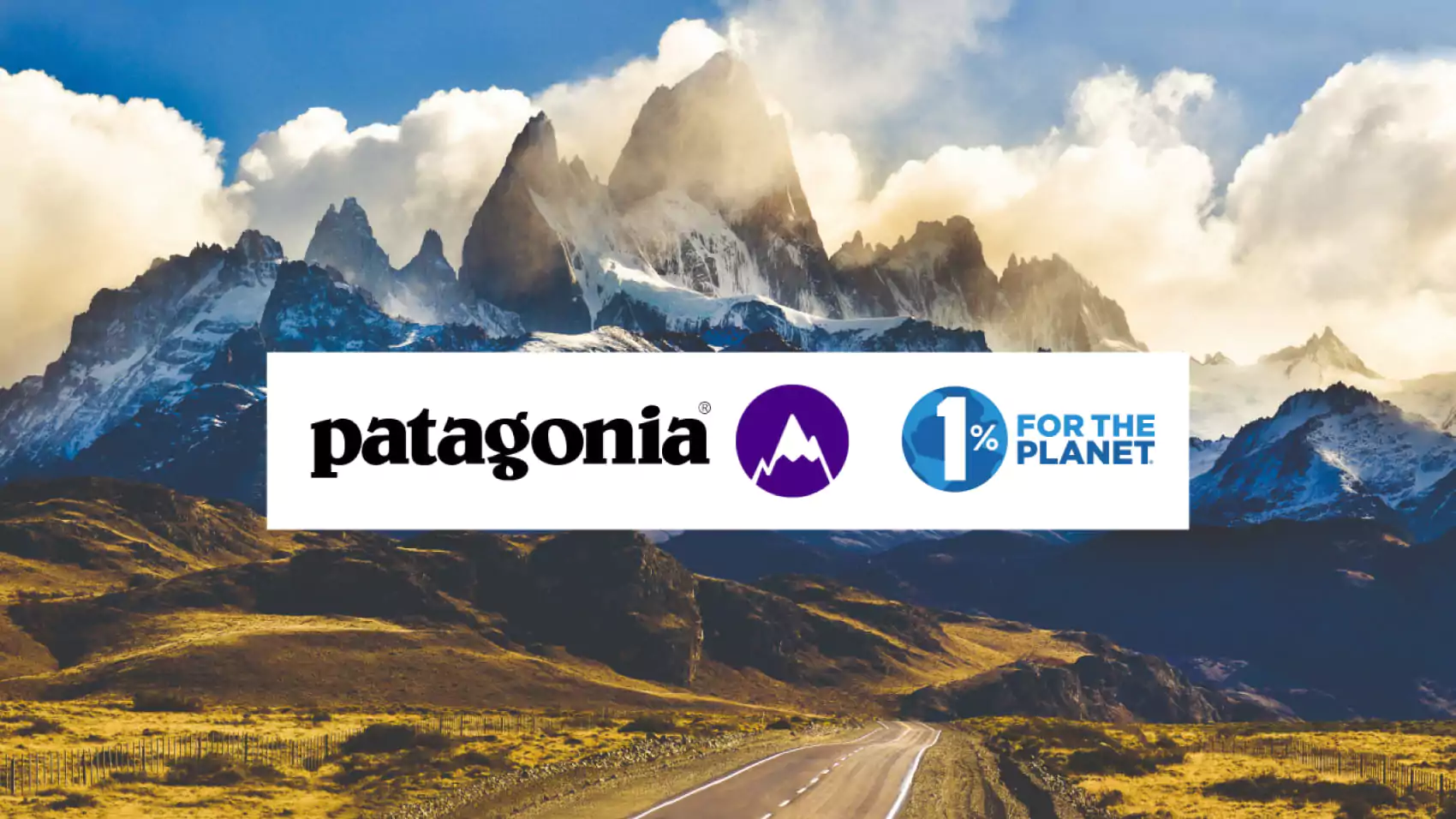
Furthermore, it’s not just about money. Patagonia actively participates in campaigns, raises awareness about environmental issues, and even engages in political advocacy to protect the planet. They’ve supported causes ranging from climate change action to conserving natural habitats. Thus, they show genuine commitment to the cause, which has earned them a loyal customer base.
13. Build relationships with news agencies
Building good relationships with journalists is very important for public relations strategies. When you connect with journalists, your brand can get more attention. This implies that more individuals will become aware of you and your offerings. When you connect with hem closer - you can manage what they post about you.
Having strong ties with the press makes them more likely to cover your stories. It’s all about trust - if they see you as a reliable source, they will want to share your news. Regularly sharing helpful information will keep your brand in their thoughts. This way, when a chance comes up, they will be ready to talk about you.
Case study
Microsoft
Microsoft has built strong, lasting relationships with news agencies over the years by being consistent, transparent, and forward-thinking in its communications. A great example is their strategy around major product launches and corporate news. Microsoft’s PR team works closely with tech journalists and media outlets, offering exclusive previews of products, early access to executives for interviews, and detailed press kits that make reporting easier.
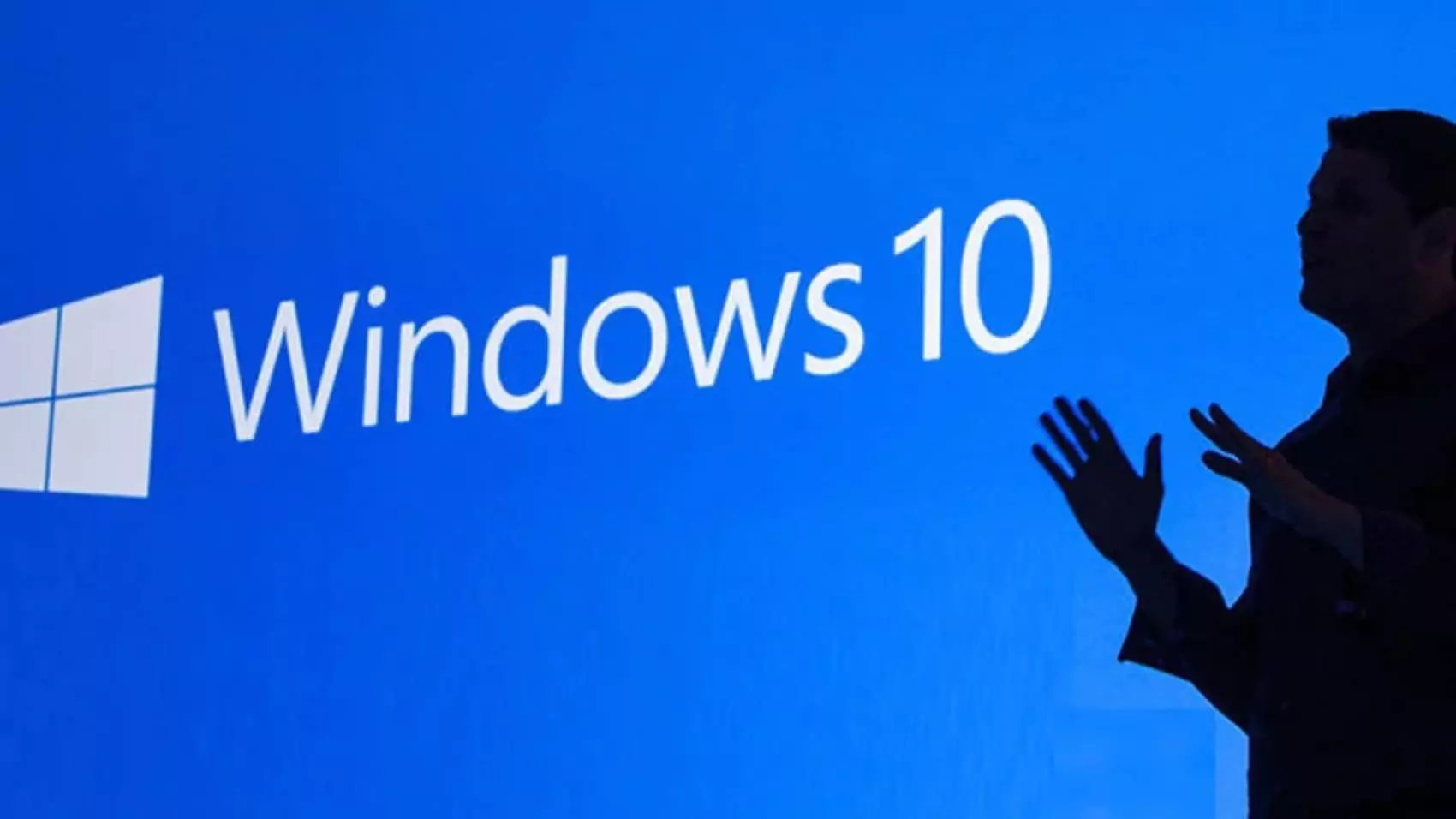
One key moment came during the launch of Windows 10. Microsoft executed a massive media campaign, ensuring that every major tech outlet had the information they needed ahead of time. They invited journalists to product demos, allowing them to test the system before the public saw it. Thus, they foster a sense of exclusivity and help generate positive early reviews and shape public perception early-on.
14. Building a powerful community
Building a powerful community is about creating a collective that transcends transactional relationships and becomes a living ecosystem of trust and shared purpose. A community rooted in values, not just products, elevates a brand from being a business to becoming part of people’s lives. It offers a space where like-minded individuals find not only solutions but a sense of belonging, a shared identity, and mutual support.
Such a community becomes self-perpetuating; members engage with one another, create content, and build relationships that extend beyond your brand's initial offering. Over time, this interconnected web becomes an organic force, amplifying your message far beyond what traditional marketing could ever achieve. This distinction highlights the debate of PR vs marketing, as PR often focuses on fostering relationships and building trust, while marketing drives direct promotion.
Case study
Nike
Nike Run Club (NRC) offers an excellent example of how a brand can create a community and constantly drive loyalty, engagement, and sales. Through its mobile app, Nike has built a welcoming, international running community. NRC provides users with access to guided runs, real-time tracking, and personalized coaching plans, all to keep runners motivated.

NRC regularly hosts virtual challenges, like the "5K Challenge," which encourages runners to meet specific goals, share progress on social media, and earn rewards. NRC allows users to share their running achievements, times, and goals on social media, effectively turning every runner into a sports community participant. They efficiently foster community interaction and accountability by doing so.
15. Balancing between DEI and real skills
Though you must acknowledge and respect global trends and the necessity of implementing diversity, equity, inclusion (DEI) implementation, skills still matter. In your public relations tactics, it is crucial not to overuse the principle to gain social acceptance and respect.
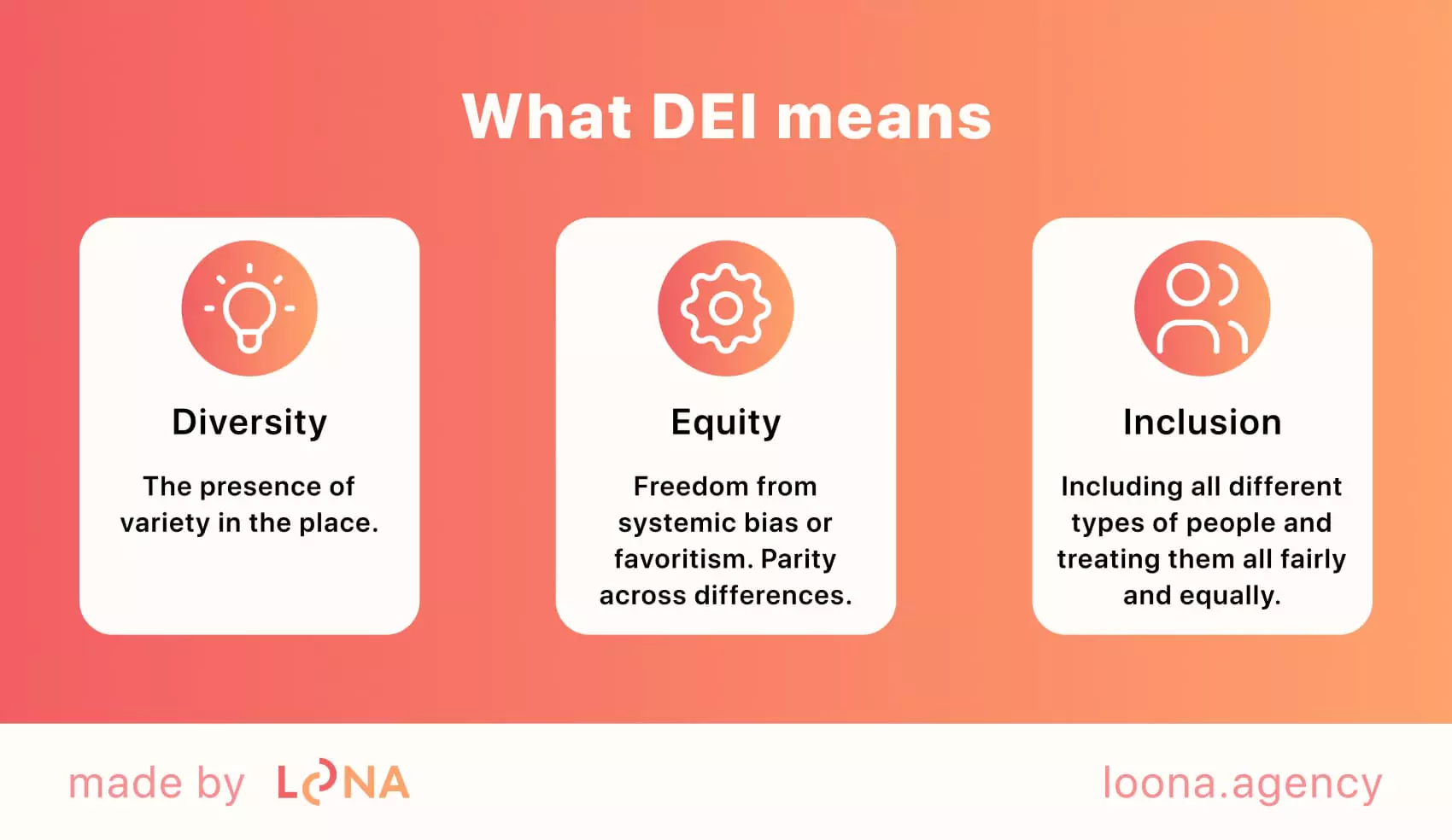
If you push DEI only to gain approval, people might see it as fake. Instead, show how having a diverse team with strong skills makes your company better. Moreover, if misusing DEI, there is a danger of hiring unskilled people, which will result in overall performance worsening and effectivity losses.
Case study
IBM
IBM is well-known for their strong commitment to DEI. However, it created programs that focus not only on hiring a diverse range of talent while but also ensuring candidates have the right technical skills. Thus, IBM balance these values with the need for real skills in their workforce.
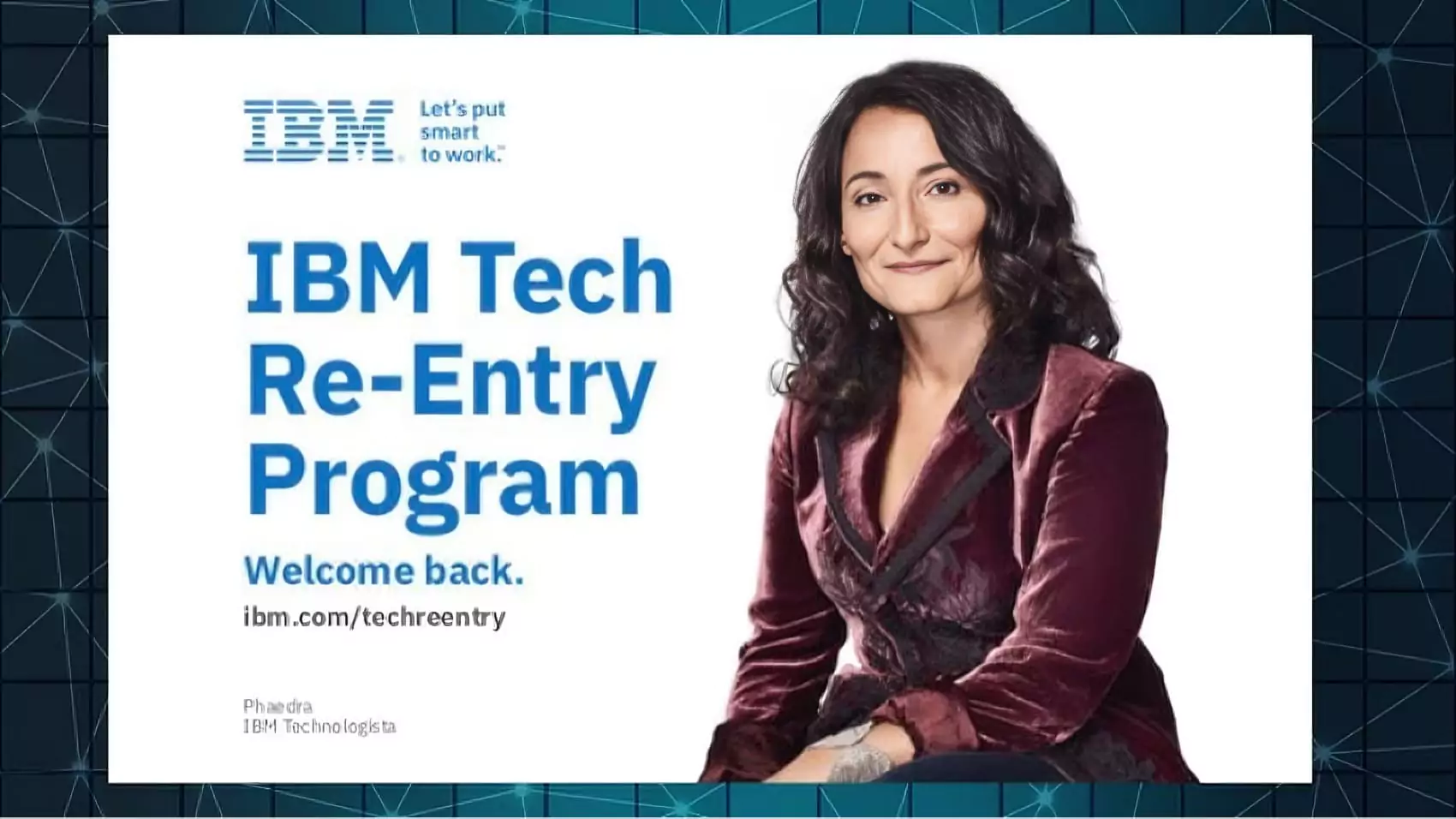
For example, Tech Re-Entry program helps skilled professionals who’ve taken a break from their careers, especially women and underrepresented minorities, to get back into the tech world. It’s a win-win strategy: they promote diversity and make sure applicants are qualified for high-demand tech roles. It also collaborates with organizations such as Girls Who Code and the National Society of Black Engineers. This way, they create opportunities for underrepresented individuals from a variety of backgrounds who are prepared for success in the technology industry.
Apply the recent PR instruments
Crafting data-driven PR strategies is a key element among PR strategy examples to get real results. Start by gathering data about your audience. This could be their interests, online habits, or what they think about your brand. Use surveys, social media analytics, and website metrics to find this information. With this data, you can create tailored messages that resonate with your audience.
For example, if your data indicates that your target audience loves eco-friendly products, you can focus on that in your campaigns. By basing your PR efforts on solid data, you raise your likelihood of success and make your communication more result-oriented.
The PR best practices of 2025 require a future-oriented approach. Emerging platforms like AI-driven media monitoring, virtual events, and augmented reality (AR) campaigns offer fresh ways to engage your audience. You can expand the audience for your brand and produce interactive, memorable experiences by embracing these innovations.
For instance, if you need to find a bunch of media - you can use Cision. It is the industry standard for specialists in digital PR. It provides a plethora of capabilities, such as an extensive media database. The portal enables users to search for and filter media according to location, kind of media, subjects, and particular interests.
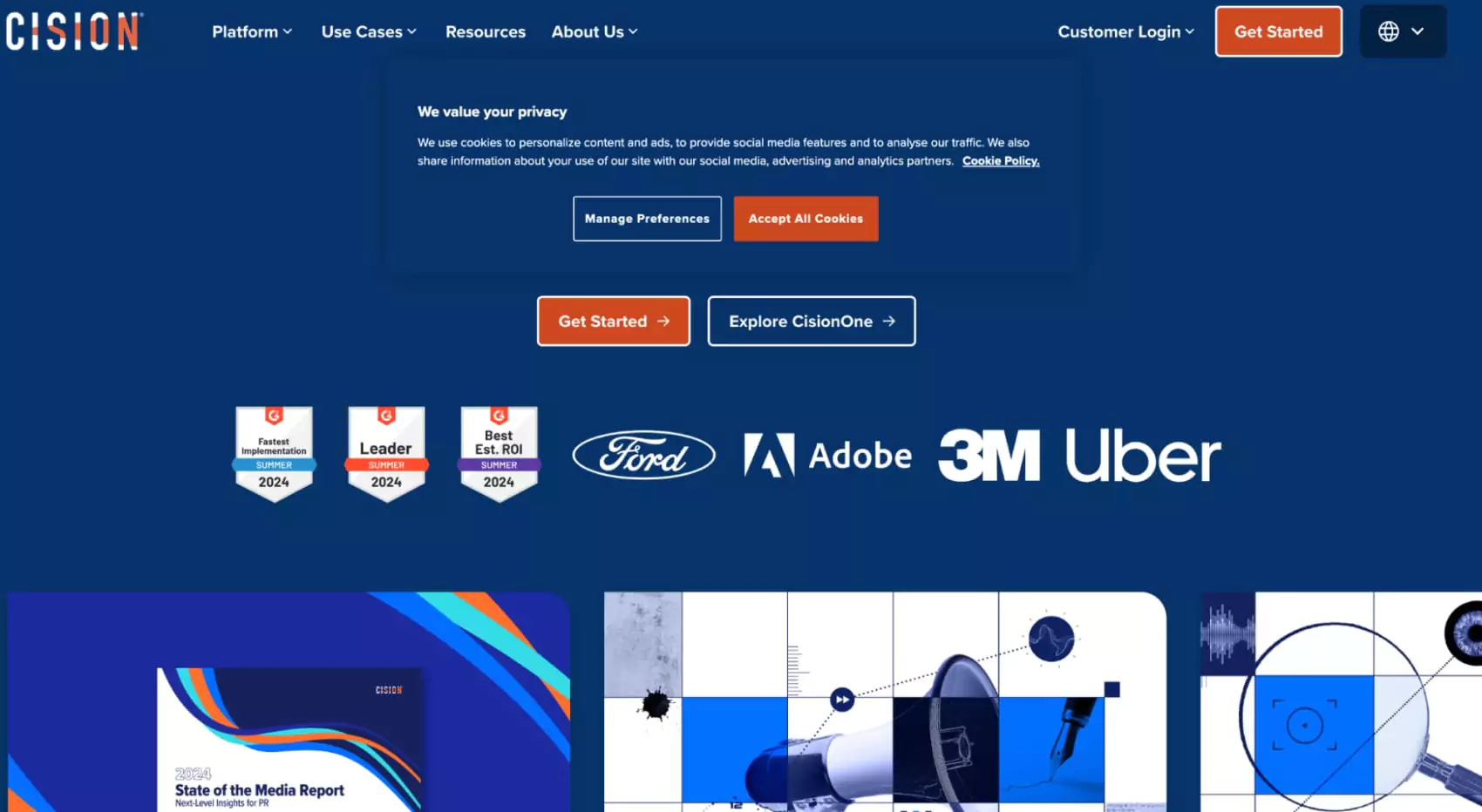
When a crisis hits, LOOQME can help. It lets you access key contacts quickly, ensuring your message gets out efficiently. It also simplifies finding the right media contacts. You can search for journalists based on location, media type, and specific interests. This feature is super handy during events like product launches, making outreach a lot smoother. Plus, LOOQME tracks your media interactions, helping keep your PR strategies on point.

In case you need to find e-malis - use Hunter. It aids in finding contact email addresses at the target domain. The tool additionally assists in displaying the email address format. Hunter also offers a free email validator tool that makes it simple to verify an address you may have come across or wished to check before sending.
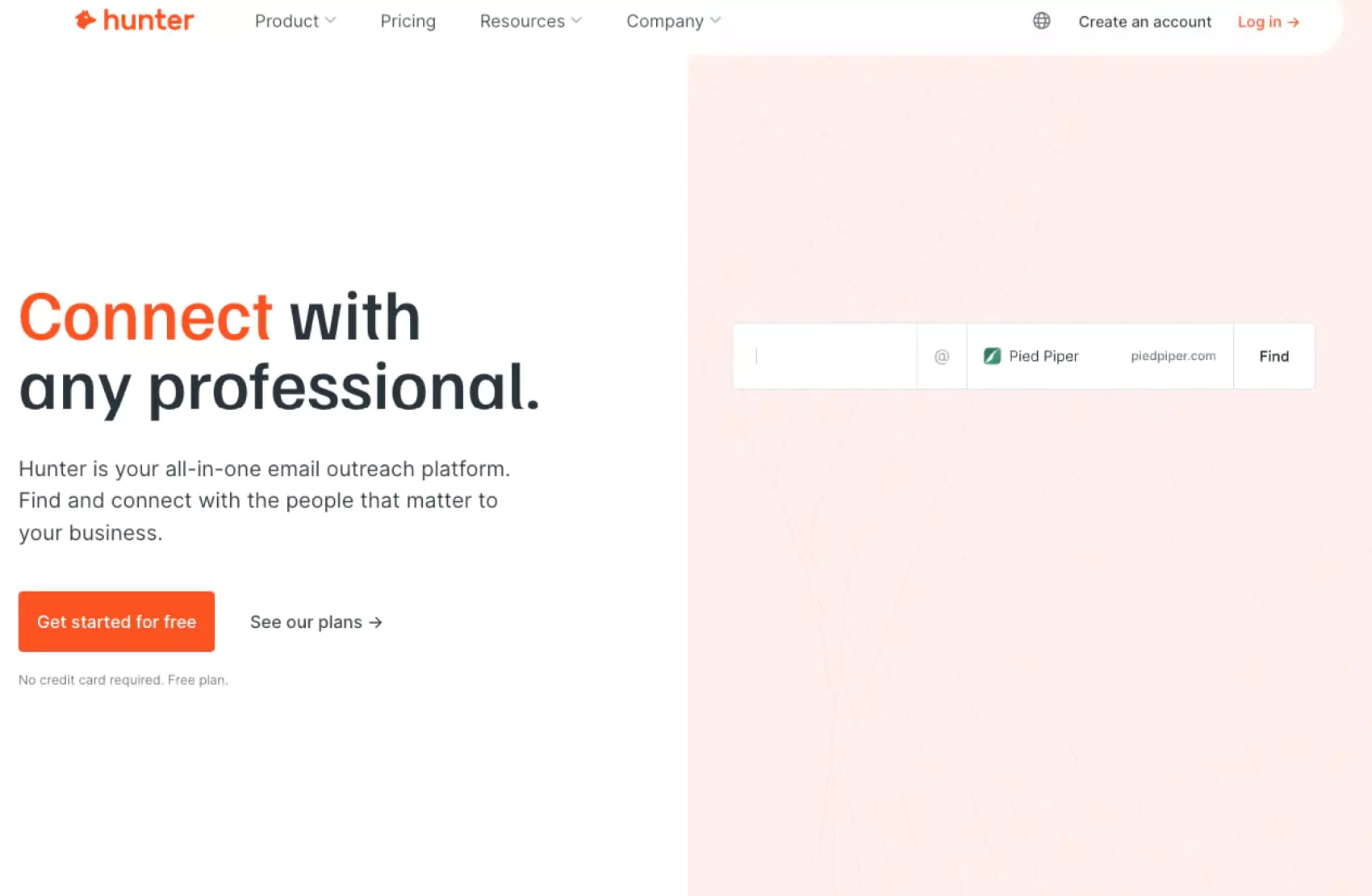
Ahrefs can aid you with on-page SEO optimization. Ahrefs' Content Explorer finds relevant information on the web. It identifies concepts with significant search volume. The SEM tool combines features from both Site Explorer and Keyword Explorer. By connecting ideas for your content to search volume, you can find relevant keywords and gain more attention. It also helps improve your visibility online.
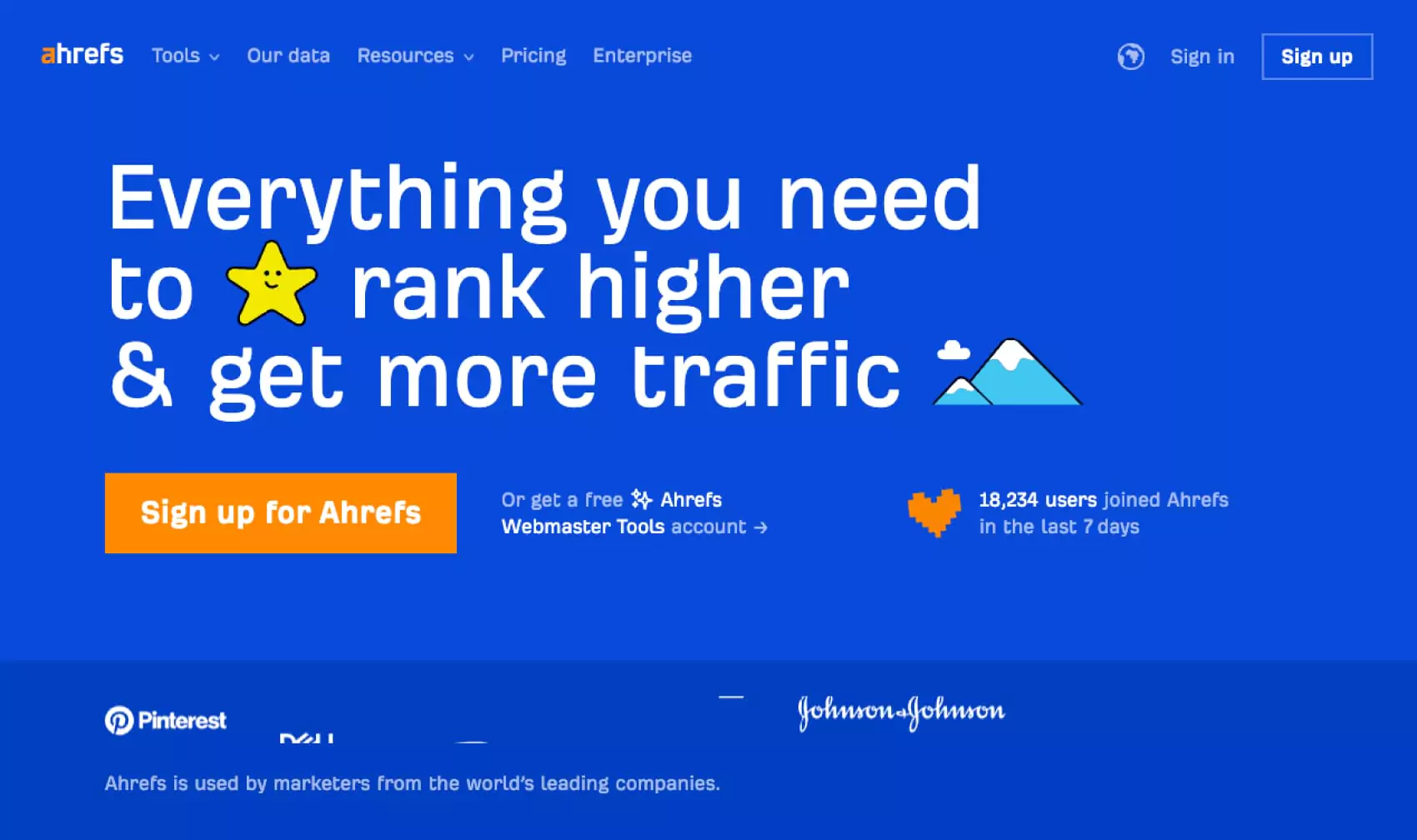
Conclusion
Public relations strategies and tactics in 2025 require fresh and creative approaches. These 15 public relations examples can transform how your brand connects with its audience and stands out in a crowded market. Whether collaborating with influencers or harnessing the power of AI and arranging events, you can attract new audience and engage the existing clients.
By embracing these evolving strategies and constantly refining your approach, you will strengthen your brand’s reputation. Moreover, you’ll create lasting connections that drive growth and loyalty in a fast-moving digital world.
Ready to take your PR tactics to the next level? Contact us to discuss your idea and develop a comprehensive PR strategy! Check out our portfolio to see how we helped businesses across various industries thrive!
